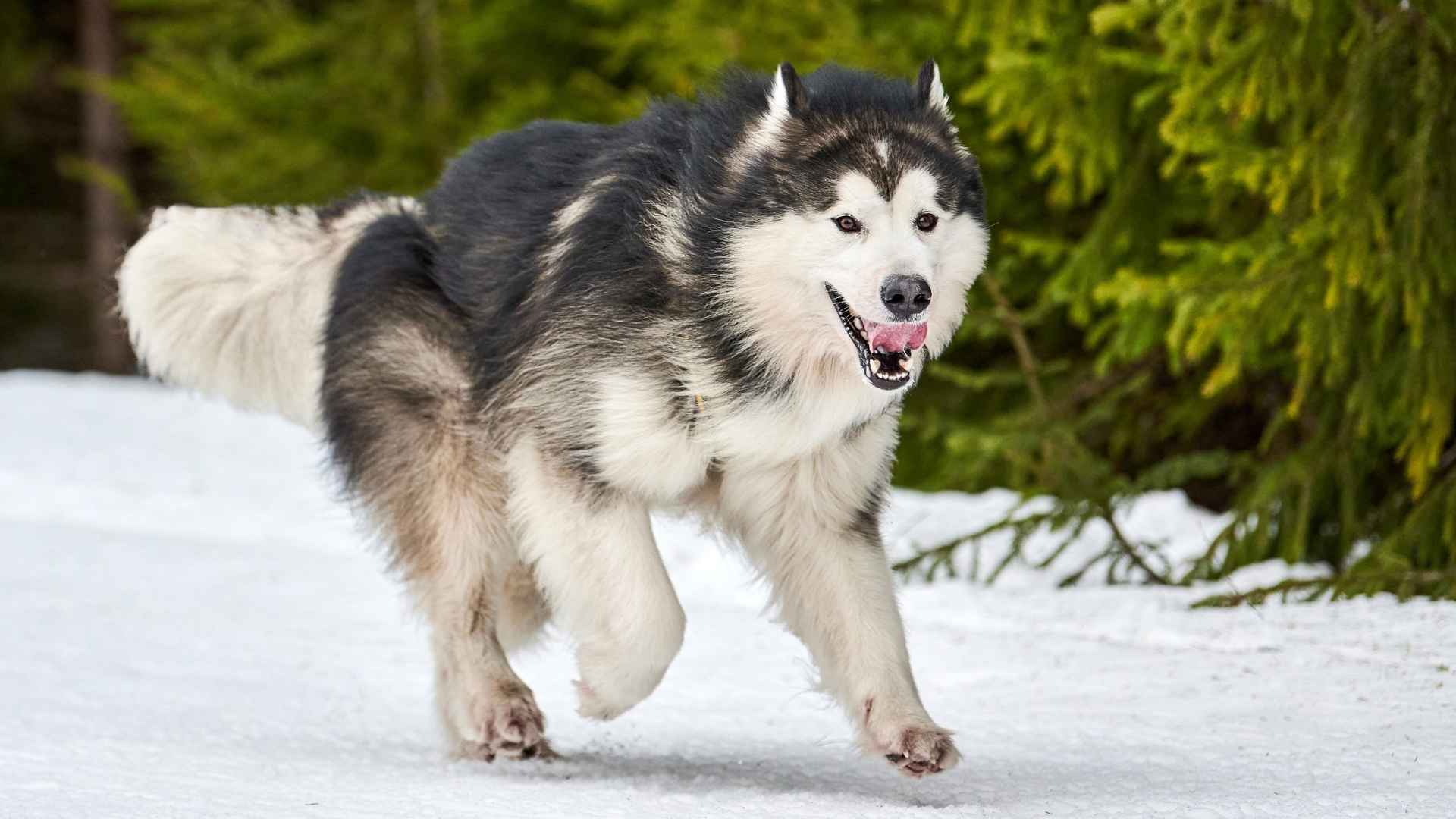Some dogs chase a ball once or twice. Others will spend all day retrieving it, digging it out from under furniture, or nudging you until the game continues. That relentless focus is more than energy—it’s determination.
Determined dogs are the ones that power through obstacles, stay locked on tasks, and return to challenges with purpose. Whether working, training, or solving problems around the house, their grit shows up in everything they do. They don’t just learn, they insist on mastering the process, even when it takes time.
This trait can be impressive and, at times, exhausting. But in the right hands, a determined dog becomes not just a loyal companion but an unstoppable partner. In this article, we spotlight breeds that never back down from a challenge.
If you’re looking for a dog that keeps going when others quit, these are the ones you’ll want by your side.
Most Determined Dog Breeds
1. Jack Russell Terrier
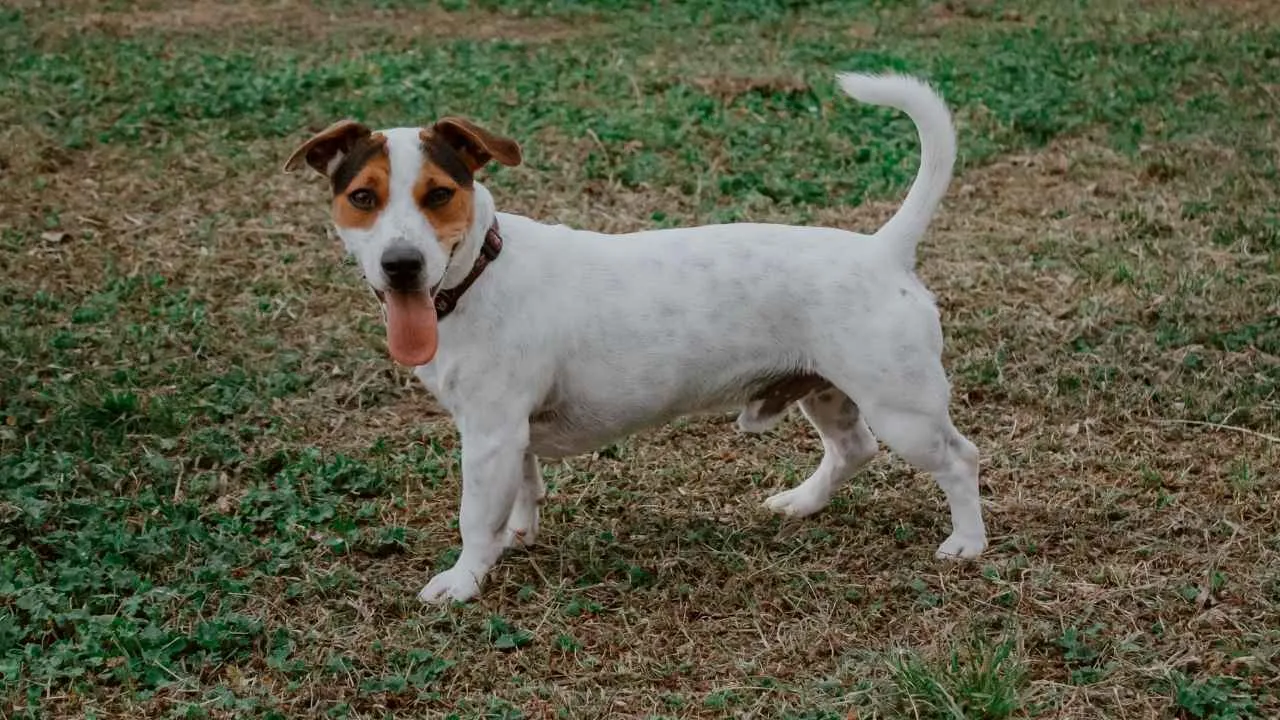
Jack Russells are compact in size but overflowing with grit. They pursue goals with unmatched intensity, whether it’s finding a toy or chasing a scent across the yard. Even small tasks can become long missions if left unchecked.
This breed was built for stamina and persistence. Their origins in fox hunting demanded independent decision-making, fast reactions, and long hours of high-focus work. That same energy shows up in modern households as a constant drive to stay active.
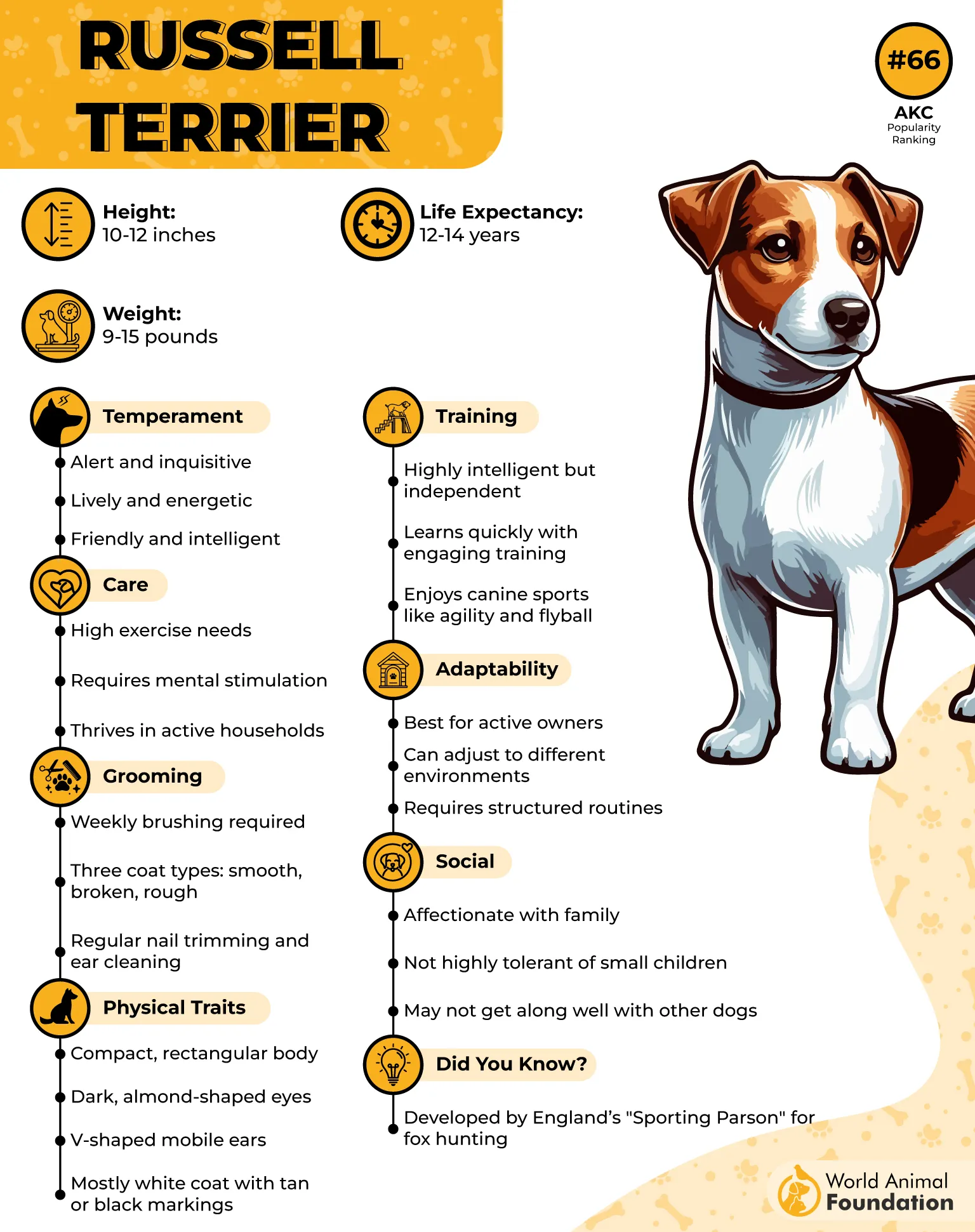
They are quick learners, but obedience doesn’t come naturally without firm boundaries. Motivation and challenge are essential in their training. Repetition alone won’t hold their attention unless paired with problem-solving or reward-based tasks.
Their high confidence often pushes them beyond what their size suggests. Without structure, they will find their own agenda, often testing the patience of underprepared owners.
A Jack Russell’s determination is part of its charm. It just needs the right outlet to become productive rather than overwhelming.
Quick Tips
Provide short, complex training sessions daily
Switch out mental toys before routines become predictable
Reinforce impulse control when outdoors
2. Border Collie
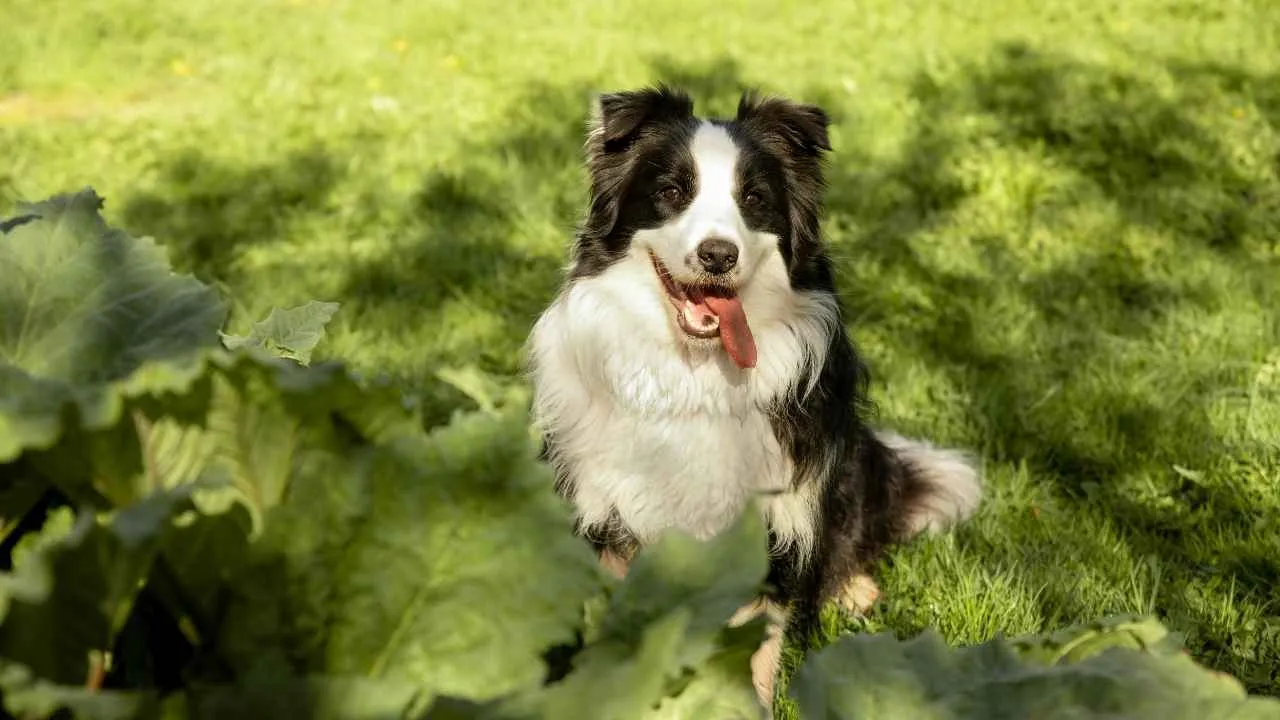
Border Collies are built to work and wired to win. Their focus is unmatched, and they excel in tasks that require sustained attention, decision-making, and speed. This drive doesn’t switch off easily, even in a relaxed home setting.
The breed’s determination is linked to its herding history. These dogs were bred to manage livestock through strategic, independent problem-solving. That same mindset translates to modern life as intense dedication to any task they’re given.
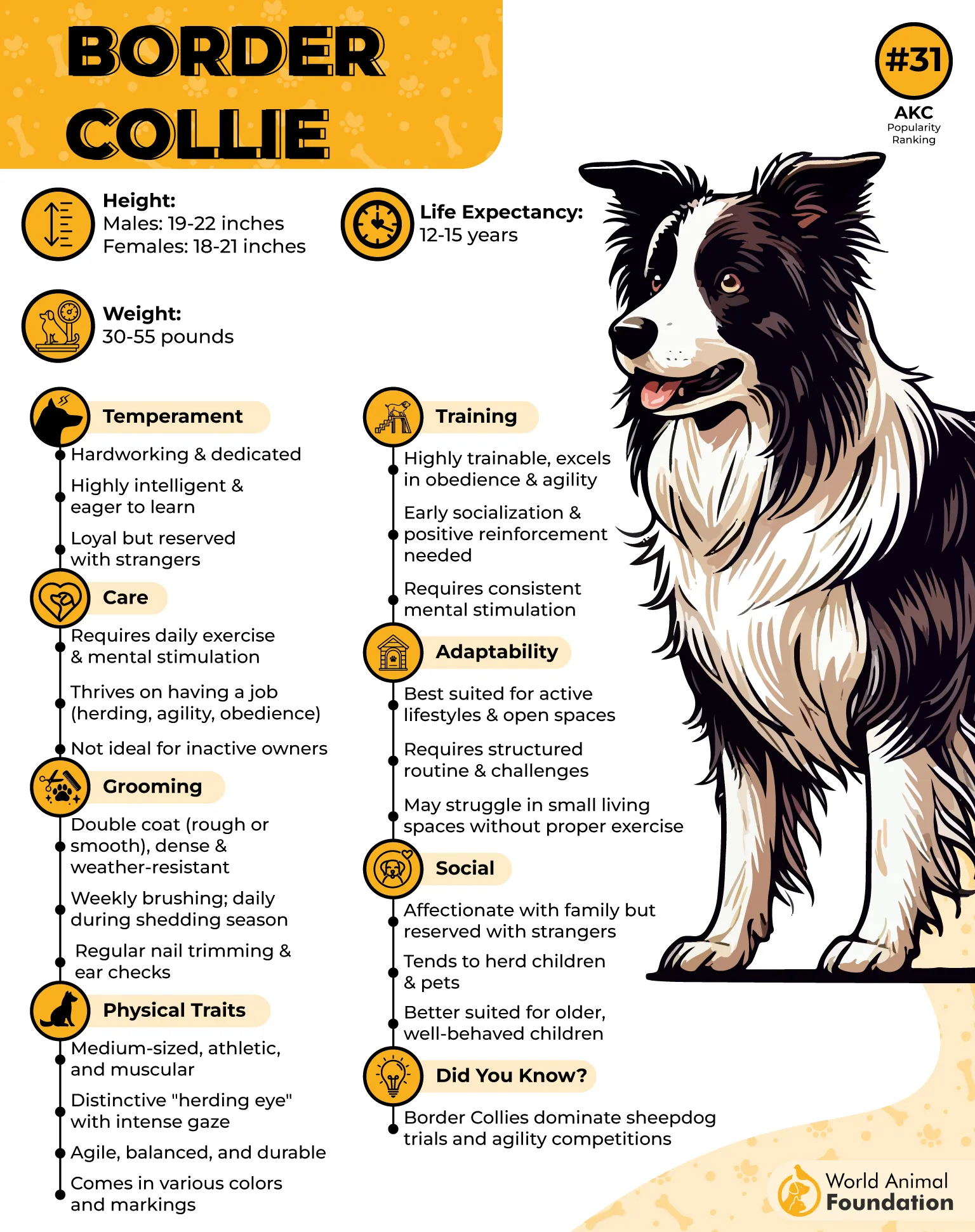
They are not content with casual engagement. Collies thrive on responsibility and crumble in environments lacking structure. Owners must be proactive, offering them mental stimulation as a daily necessity, not a luxury.
Even as companions, they retain a strong internal pressure to complete jobs. If there’s no official role, they may invent one, often by herding children, chasing shadows, or reorganizing toys.
Training them is rewarding but demanding. They require leadership, challenge, and consistency to prevent over-attachment or obsessive behavior.
Quick Tips
Introduce cue-based games that require choices
Create daily mental tasks, not just physical exercise
Limit overstimulation through structured downtime
3. Siberian Husky
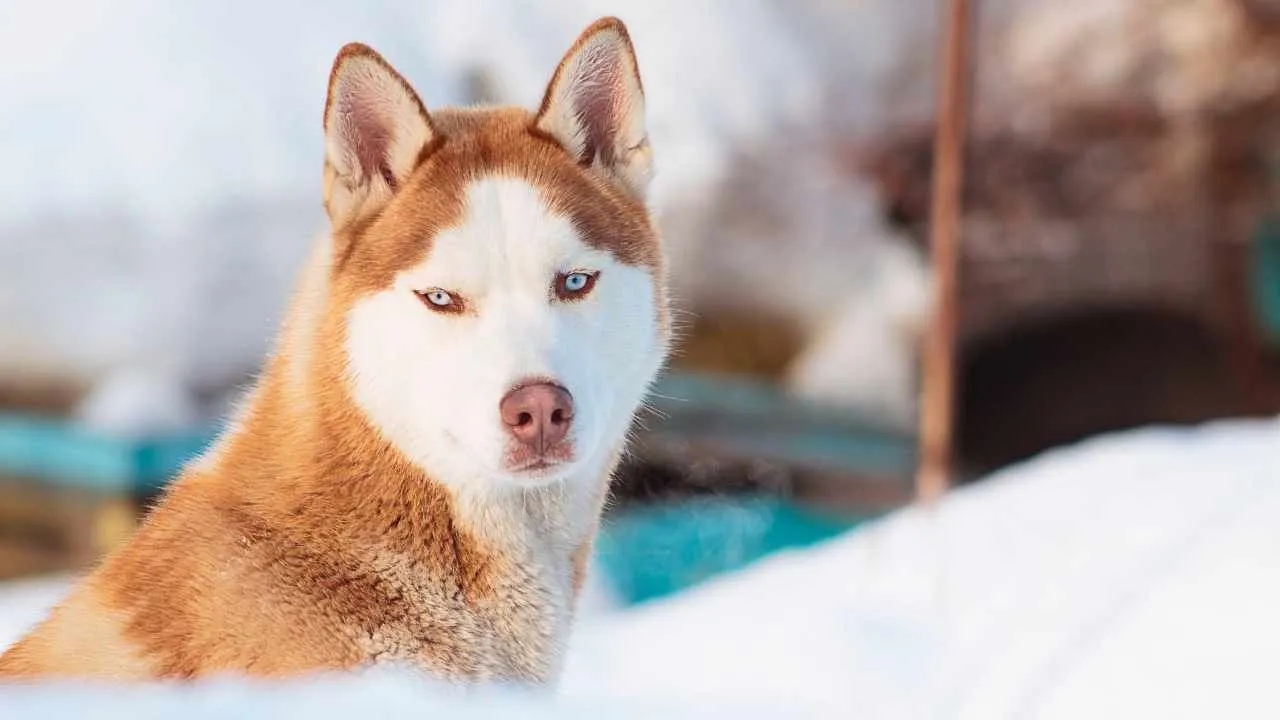
Siberian Huskies are known for their physical endurance, but their mental persistence is just as powerful. Once they fixate on a goal, escaping, pulling, or exploring, they rarely abandon it without a challenge. This breed thrives when it has a reason to act.
They are not easy to deter. Huskies were developed to pull heavy loads across long distances in extreme climates. That historical purpose shaped their resilience and made them naturally driven in both work and play.
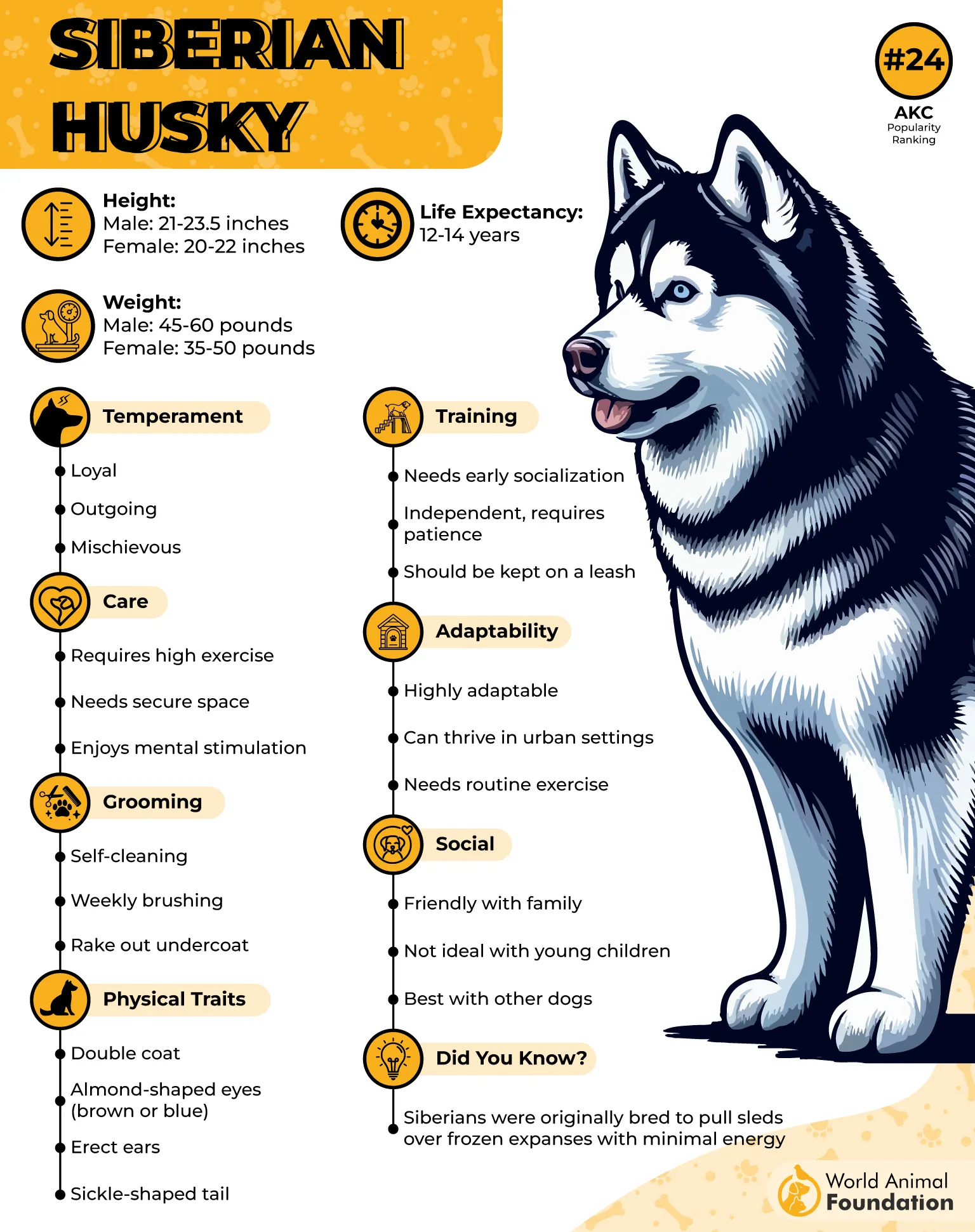
Their independence is part of their determination. They are less likely to follow commands out of loyalty and more likely to act based on internal motivation. That makes recall and boundary training especially important and ongoing.
Without structure, Huskies become restless and inventive. Their problem-solving abilities can lead to clever escapes or persistent attempts to reach something off-limits.
Consistency, not strictness, is key. They will meet effort with effort, and once engaged properly, they become cooperative and even enthusiastic learners.
Quick Tips
Use long-line training to reinforce recall
Rotate terrain and challenge types during walks
Focus on impulse control rather than obedience drills
4. Dachshund
Dachshunds are small in size but relentless in mindset. Originally bred to burrow into tight spaces after prey, they bring that same stubborn precision into everyday life. They rarely back down from a task once they’ve set their mind to it.
Their determination is not just physical. PetMD notes that they have a strong problem-solving instinct and will persistently seek out hidden treats, paths, or even attention. Their independence often surprises owners used to more obedient breeds.
While they can be trained, Dachshunds tend to question commands. They learn best through motivation and consistency, not repetition. They are easily bored by routines but become engaged when rewards are tangible.
This breed often pushes boundaries with confidence. Without limits, they may dominate household routines or become territorial. Early boundaries and structure help transform that determination into focused, manageable behavior.
Their compact bodies make them ideal for indoor life, but their minds need stimulation. Boredom will almost always result in persistent digging, barking, or demanding behaviors.
Quick Tips
Use food-driven puzzle toys to hold attention
Introduce basic commands through games, not drills
Reinforce crate training early to build calm independence
5. German Shepherd
German Shepherds don’t give up easily. Once focused, they will follow through regardless of distractions, delays, or difficulty. Their intensity can be overwhelming for first-time owners who aren’t prepared for their mental stamina.
Their background in herding, protection, and service roles has shaped them into high-functioning, driven companions. They require purpose and structure to thrive, often outperforming other breeds in complex working environments.
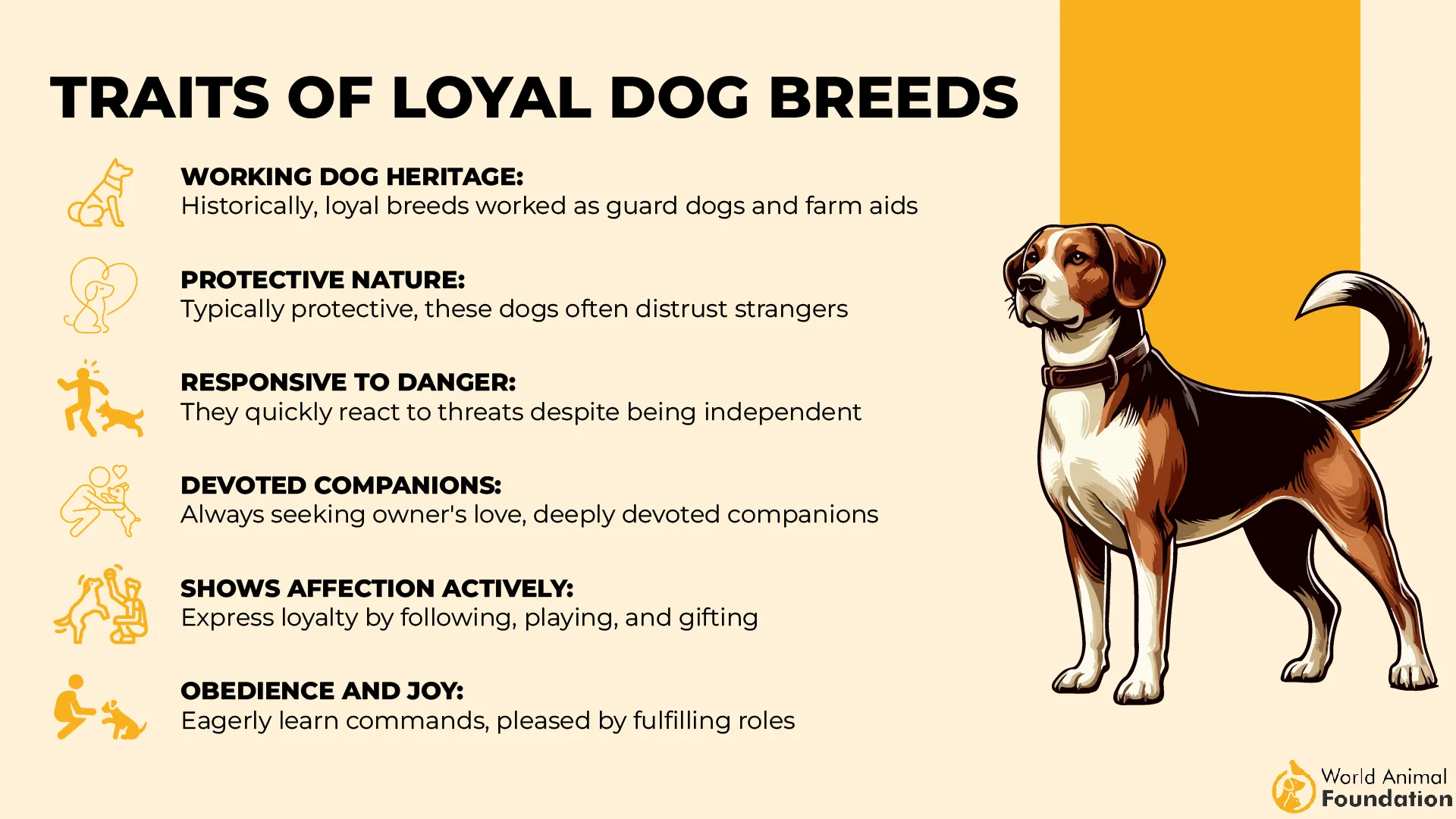
They are not self-entertaining. They look to their handlers for instruction and expect to be challenged. A bored German Shepherd quickly creates its own routines, usually involving alerting, guarding, or boundary enforcement.
This breed values clarity. Vague or inconsistent commands lead to confusion, but firm expectations yield quick mastery. Once trained, they retain commands with minimal review.
Their loyalty fuels their determination. If bonded well, they stay committed not just to tasks, but to people, reading emotional cues and responding in real time.
Quick Tips
Introduce layered commands to deepen focus
Alternate obedience with scent-based tasks
Reinforce calm behavior before stimulation begins
6. Bull Terrier
Bull Terriers are bold and incredibly single-minded. Once they decide on a course of action, it’s hard to divert their focus. This determination, while impressive, needs to be managed with a proactive structure.
They were bred for tenacity. The Kennel Club highlights their fearless temperament and persistent nature, both of which are deeply embedded in the breed. This persistence makes them excel in activities where repetition and grit are required.
Bull Terriers aren’t push-button learners. They resist forceful commands and respond better when the training is purposeful and stimulating. This independent streak can come across as stubbornness without proper guidance.
They’re also physical in their determination. Tasks involving resistance, tug, or agility hold their attention far longer than stationary drills. Engaging their bodies is often key to engaging their minds.
Without redirection, they’ll invent ways to occupy themselves, often involving chewing or repetitive behavior. Clear rules and consistent energy outlets help turn their drive into focused effort.
Quick Tips
Use movement-based commands to maintain attention
Incorporate strength training with impulse control
Avoid rigid routines—keep training dynamic
7. Beagle
Beagles are persistent by nature. Once locked onto a scent or objective, they will pursue it tirelessly, often ignoring distractions or redirection. Their determination is most evident when they’re tracking, digging, or attempting to escape confinement.
Their drive comes from generations of fieldwork. Beagles were bred for long chases and focused hunting. That work ethic still defines their behavior today, especially when their nose leads the way.
They are food-motivated, but not always command-driven. Beagles don’t obey automatically—they respond best to reward-based training that allows for choice and repetition. They enjoy learning but on their own terms.
Left unstimulated, their determination turns toward mischief. They’ll dig under fences, tear through barriers, or vocalize repeatedly. Daily structure and controlled freedom are essential to harness their instincts.
Social, vocal, and stubborn, Beagles need an engaged owner who can balance freedom with focus. Their loyalty strengthens when they feel understood rather than controlled.
Quick Tips
Reinforce recall using scent-based rewards
Rotate outdoor routes to challenge their tracking skills
Use barriers and gates early to prevent escape habits
8. Australian Cattle Dog
Australian Cattle Dogs are relentlessly goal-driven. Their work ethic is unmatched, and they won’t stop until a task is complete, even if it takes hours. This intensity makes them ideal for experienced handlers who can match their pace and focus.
They were bred to control livestock over vast distances with little guidance. WebMD highlights their stamina and independence, traits that often lead to them solving problems before commands are even given.
They’re not casual learners. Cattle Dogs want to be challenged and are quick to detect hesitation in handlers. When under-stimulated, they redirect their energy toward guarding, pacing, or testing physical limits.
This breed benefits from variation in training. Repetitive tasks are completed quickly, then dismissed. Complex drills or unpredictable challenges keep them mentally sharp and behaviorally grounded.
They are loyal but not overly affectionate. Their bond forms through shared work, not downtime. Mutual respect, consistency, and structure build long-term reliability.
Quick Tips
Introduce off-leash boundary training early
Create task-based games involving physical resistance
Set predictable rules, but vary task delivery
9. West Highland White Terrier
West Highland White Terriers, or Westies, are small but never passive. Their strong will and alert nature drive them to take charge, often far beyond what their size suggests. They are determined in both action and attitude.
Bred to hunt and dig out prey, Westies were never meant to sit idle. PDSA notes their bold personality and fearless curiosity as signature traits, which today still show up in how persistently they explore, dig, or chase.
Training a Westie requires patience and clever engagement. They understand commands quickly, but will test boundaries often. Without a clear structure, their independence can drift into defiance.
This breed has a short attention span for repetition, so short, dynamic sessions are most effective. Tasks with a clear goal or reward hold their interest far better than basic drills.
Westies are confident in all settings and rarely intimidated. They face larger dogs without hesitation and hold their own in high-distraction environments.
Quick Tips
Use varied commands and routines to maintain focus
Set physical boundaries early to manage digging behavior
Encourage short, purposeful play to release mental tension
Conclusion
Determined dogs aren’t just energetic—they’re driven by instinct, shaped by purpose, and built to complete tasks with confidence. These traits don’t always match a dog’s physical appearance.
If you’re adopting, even experienced shelter staff and veterinarians may need to guess a dog’s background based on behavior alone. Breeds originally developed for specific jobs, like herding, tracking, or guarding, often carry that mindset into any home, whether they’re purebred or a mix.
Knowing your dog’s natural tendencies helps you train smarter, play better, and build a lifestyle that works for both of you. Whether your furry friend is confident, clever, or a little too focused on their own ideas, understanding the source of that drive turns frustration into progress.
Breed research, observation, and even curiosity-driven comparisons can reveal why your dog behaves the way they do. And once you’ve matched that mindset to your family’s rhythm, a determined dog isn’t a challenge; they’re a partner.


